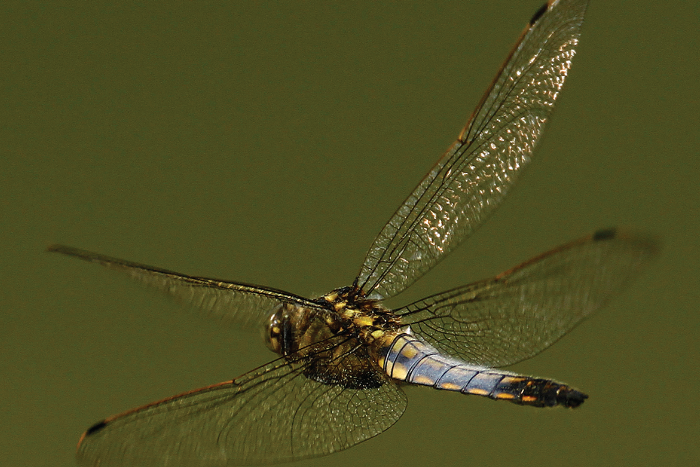
The importance of wetlands
Rachel Shaw
Lincolnshire Wildlife Trust
Sometimes it feels like we are a ‘wet and rainy’ nation, but wetlands – wildlife-rich, carbon-capturing oases – are in shorter supply than you might think.
Wetlands have largely been removed from our landscape, and this loss is a problem not just for nature but for people too.
In the UK we have lost a startling 90% of our former wetlands, often by draining them to make way for agriculture, development, forestry and other land uses. This is bad for biodiversity, because around 40% of the world’s wildlife relies on freshwater wetlands.
UK wetlands now cover just 3% of our landscape, yet a tenth of our species still make their home in them, and countless other creatures use wetlands to breed, hunt or forage for food. Our wet grasslands are where lapwing, curlew and snipe nest, bitterns boom in reedbeds, and bats swoop over watercourses and ponds, feeding on the swarms of insects that emerge from them.
Wetlands are clearly important for many wild plants and animals, but we also rely on them. They provide ‘services’ that society needs, and without them, we struggle. Natural wetlands provide flood protection by slowing down and storing flood flows. Coastal reedbeds and saltmarshes buffer us from storm surges, and floodplains – when not built over – hold the excess flows from our river systems.
Wetlands are also important stores of carbon. When wetland plants die, rather than decomposing and releasing their carbon into the atmosphere, they become buried in the waterlogged soils. These wetland soils can hold vast amounts of carbon but if allowed to dry out, they release carbon dioxide. Rather than mitigating climate change, they contribute to it.
The Lincolnshire Wildlife Trust’s Willow Tree Fen nature reserve is a relatively new nature reserve in south Lincolnshire. Created in 2009, it has undergone a transformation. The reserve is now home to a vast array of wildlife from otters and marsh harriers to dragonflies and diving beetles.
The most dramatic species return has been cranes. In 2020 and the first crane chick fledged in Lincolnshire for 400 years. A pair of cranes has returned every year. In addition to the wildlife, as the soils returned to their former waterlogged conditions, they have begun to store carbon and remove it from the atmosphere. What has been achieved at Willow Tree Fen in such a short space of time is remarkable. It shows the resilience of nature and how it can bounce back if given a chance.
Creating a wetland seems like something you’d need a lot of space for but there is a lot we can do in our own gardens and communities to help. Even a small pond can be home to an interesting range of wildlife, including damsel and dragonflies, frogs and newts.
It could also become a feeding ground for birds, hedgehogs and bats – the best natural garden pest controllers! A pond needn’t be big. A washing-up bowl, a large plant pot, or a disused sink could all be repurposed as ponds, providing you make sure creatures can get in and out.
There is lots of information online about making a garden pond so do your research before you start digging a hole. Start on the Lincolnshire Wildlife Trust website at https://www.lincstrust.org.uk/wildlife/wildlife-gardening/wildlife-pond
Image: Broad-bodied chaser dragonfly. Picture: Russell Savory
